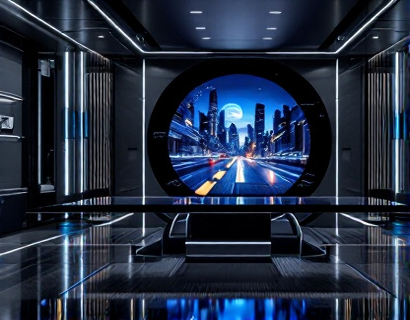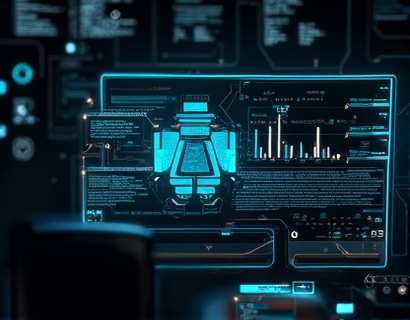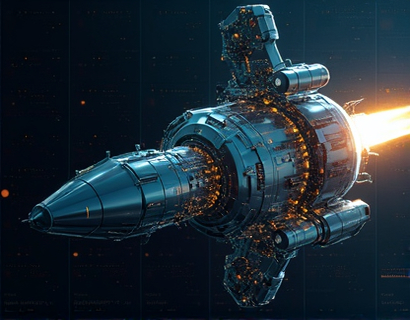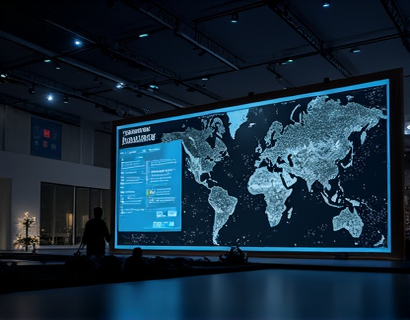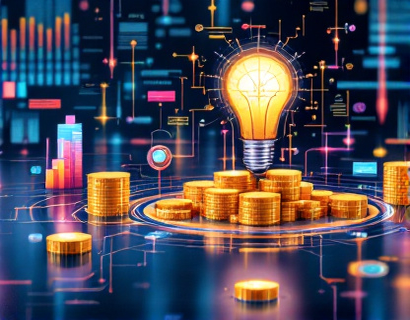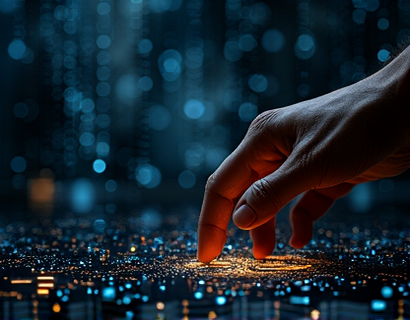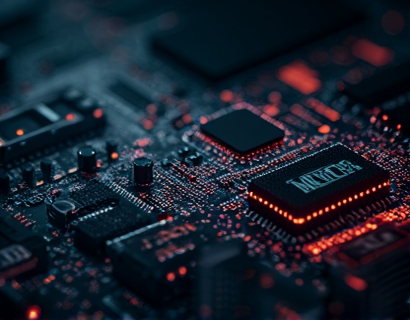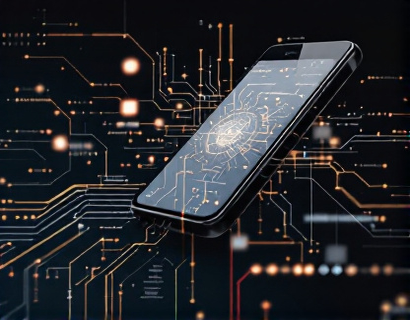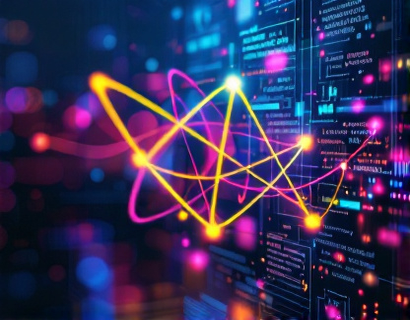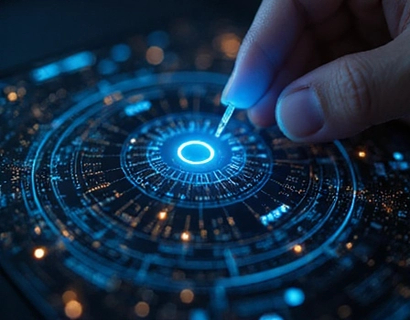Unlocking Decentralized Potential: AI Meets Crypto for Next-Gen Digital Transformation
The intersection of artificial intelligence and cryptocurrency is giving birth to a new era of digital transformation, one that promises to redefine how we interact with technology and each other. This comprehensive guide delves into the fusion of AI and crypto, exploring the profound implications for tech enthusiasts, early adopters, and anyone interested in the future of decentralized innovation. By examining the synergies between these two transformative technologies, we can uncover the potential for interconnected solutions that enhance user experience, drive engagement, and unlock unprecedented levels of efficiency and security.
The concept of decentralization has been a cornerstone of the cryptocurrency movement since its inception. Blockchain technology, the backbone of cryptocurrencies, provides a distributed ledger that ensures transparency, immutability, and security without the need for central authorities. However, the true revolution begins when we integrate artificial intelligence into this decentralized framework. AI's ability to process vast amounts of data, learn from patterns, and make autonomous decisions complements the decentralized nature of blockchain, creating a powerful synergy that can drive next-generation digital transformation.
One of the primary areas where AI and crypto intersect is in the development of decentralized applications, or dApps. Unlike traditional applications that rely on centralized servers, dApps operate on blockchain networks, leveraging smart contracts to automate and secure transactions. AI enhances this model by enabling dApps to adapt and learn from user interactions, improving functionality and user experience over time. For instance, AI-driven recommendation systems within dApps can personalize content and services, making them more relevant and engaging for users.
Another significant application of AI in the crypto space is in the realm of security. Cryptocurrencies and blockchain technology are often praised for their security features, but they are not immune to threats. AI can play a crucial role in identifying and mitigating risks by analyzing patterns and detecting anomalies in real-time. Machine learning algorithms can be trained to recognize suspicious activities, such as fraudulent transactions or potential hacks, allowing for proactive measures to protect user assets and maintain the integrity of the blockchain network.
The integration of AI and crypto also opens up new possibilities for decentralized finance, or DeFi. DeFi platforms aim to provide financial services without traditional intermediaries, using smart contracts to facilitate lending, borrowing, trading, and other financial activities. AI can enhance DeFi by offering sophisticated risk assessment tools, predictive analytics, and automated trading strategies. These AI-driven tools can help users make more informed decisions, optimize portfolios, and manage risks more effectively in the dynamic world of cryptocurrency markets.
Beyond finance, the combination of AI and crypto has the potential to transform various industries, from healthcare to supply chain management. In healthcare, AI can analyze medical data stored on blockchain to identify trends, predict disease outbreaks, and personalize treatment plans. This not only improves patient outcomes but also ensures data privacy and security through decentralized storage. In supply chain management, AI can optimize logistics and inventory management by analyzing data from IoT devices and blockchain-based tracking systems, ensuring transparency and efficiency throughout the process.
The development of decentralized artificial intelligence, or DAI, represents a cutting-edge frontier in this fusion. DAI systems aim to create AI models that are trained and operated on decentralized networks, ensuring that data remains private and users have control over their information. This approach addresses some of the centralization concerns associated with traditional AI, where data is often stored and processed by a few large corporations. By decentralizing AI, we can foster a more equitable and transparent ecosystem where users benefit directly from the advancements in AI technology.
To fully harness the potential of AI and crypto, it is essential to understand the underlying technologies and their capabilities. Blockchain technology, at its core, is a distributed ledger that records transactions across multiple computers in a way that is secure, transparent, and tamper-proof. Each block in the chain contains a cryptographic hash of the previous block, a timestamp, and transaction data. This structure ensures that once data is recorded, it cannot be altered without consensus from the network, providing a high level of security and trust.
Artificial intelligence, on the other hand, encompasses a range of technologies that enable machines to perform tasks that typically require human intelligence, such as learning, reasoning, and problem-solving. Machine learning, a subset of AI, focuses on building systems that can learn from and make predictions based on data. Deep learning, a more advanced form of machine learning, uses neural networks with multiple layers to model complex patterns and relationships in data. These technologies, when combined with the decentralized nature of blockchain, create a powerful toolkit for innovation.
One of the key challenges in integrating AI and crypto is scalability. Blockchain networks, particularly those using proof-of-work consensus mechanisms, can struggle with high transaction volumes and slow processing times. This can limit the practical applications of AI-driven dApps, which often require fast and efficient processing. However, the development of more scalable blockchain solutions, such as layer 2 protocols and proof-of-stake consensus mechanisms, is addressing these issues, paving the way for broader adoption of AI-enhanced decentralized applications.
Interoperability is another critical aspect to consider. As the ecosystem of blockchain networks and AI platforms grows, the ability for different systems to communicate and work together seamlessly becomes increasingly important. Standards and protocols that facilitate interoperability can help create a more cohesive and interconnected decentralized landscape, enabling the seamless exchange of data and value across various platforms and applications.
The future of digital transformation through the fusion of AI and crypto is not without its challenges, but the potential rewards are immense. By leveraging the strengths of both technologies, we can build a more secure, transparent, and user-centric digital world. As tech enthusiasts and early adopters, embracing this convergence can lead to innovative solutions that drive meaningful change and unlock new opportunities in the digital age.
In conclusion, the intersection of AI and crypto represents a pivotal moment in the evolution of technology. By combining the decentralized power of blockchain with the intelligent capabilities of AI, we can create a new paradigm of digital transformation that enhances security, efficiency, and user experience. As we continue to explore and develop this synergy, the possibilities for innovation and growth are limitless, offering a bright future for all who are willing to embrace the decentralized potential of AI and crypto.









